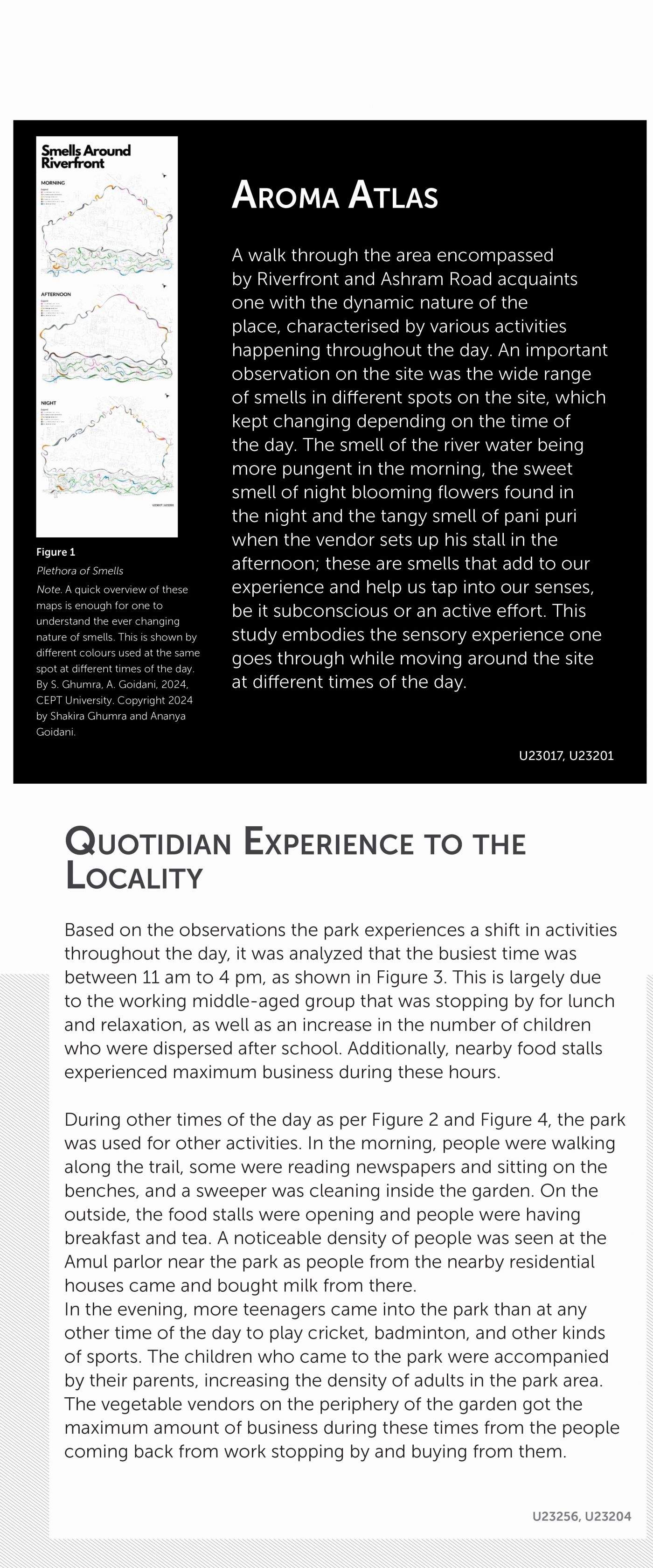Your browser is out-of-date!
For a richer surfing experience on our website, please update your browser. Update my browser now!
For a richer surfing experience on our website, please update your browser. Update my browser now!
Documenting processes trains the students to reflect on the logic of the steps which form part of different types of processes, such as testing structures, or working with different types of materials to make models which reflect an understanding of how they can come together, or producing maps which capture a specific concern in an urban area. The exercise develops the ability to express logical and chronological connections between different steps, capture what can and cannot be derived when following a specific method of collecting data or arriving at a specific outcome, and to anticipate the needs of a reader who does not share the same experience or jargon. The documentation also requires an ability to identify what part of the process is best conveyed through visuals accompanied by brief or detailed captions, and to explain in detail the final outcome, whether a map or a model, as a result of the process earlier described.
The exercise 'Describing Imaginary settings' develops the ability to understand the principles on which an existing (published) narrative has been built, identify a setting within the narrative, and add sufficient detail to enable visualisation which is congruent with the narrative itself. It is the first step in the process of illustrating a part of the narrative, emphasising the ability to capture attributes which are representative of the physical characteristics of the setting, and also of the mood, atmosphere, and the viewpoint of the narrator/character through whose eyes they are seen. Unlike previous exercises, this is a creative and deeply subjective response to an existing text, which sets the stage for a studio exercise in which student need to work with these descriptions of settings and translate them into a visual medium.
View Other Work.jpg)

.jpg)
.jpg)
.jpg)